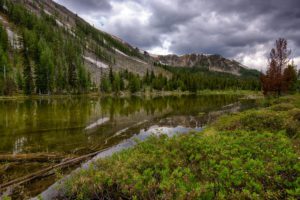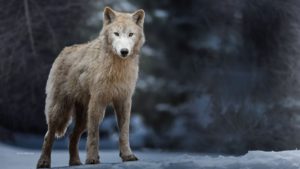For Immediate Release
October 8, 2018
Media contact:
Jonathan Ratner, (877) 746-3628
Kanab, UT – Late last Friday, the National Park Service announced its controversial plan to allow continued livestock grazing and expanded use of livestock trailing in Capitol Reef National Park in Utah. Despite evidence that ongoing livestock use harms the fragile soils and rare and threatened cacti species found in the Park – including the Wright fishhook cactus, Winkler cactus, and Last Chance townsendia – the agency approved a resource-intensive plan to facilitate livestock use of the public lands within the Sandy 3 allotment.
“The agency plans to build new fences, refurbish stock ponds, install a cattle guard, create new monitoring programs using Park Service staff, and allow trailing in a closed allotment, all at taxpayer expense. It just makes you scratch you head and wonder why,’” said Jonathan Ratner, Utah Director at Western Watersheds Project. “National Parks should not be in the business of selling native vegetation for cow food.”
Private interests recently purchased and retired grazing permits on the Hartnet allotment within Capitol Reef for the purposes of permanently ending the impacts of cattle on the Park’s landscape and vegetation. Despite agency cooperation in that deal, the new decision creates nearly 24 miles of new livestock trails that would allow up to 200 livestock to cross the closed allotment each year. These livestock trails cross the habitat of the federally listed species in the planning area. Livestock have altered the habitat of all three rare plants in the past through direct trampling and degrading vegetation and soil condition in the project area.
“The Park Service is appeasing a handful of ranchers and county commissioners over the interests of millions of park visitors, and ignoring their responsibility to make natural resource protection their main priority,” said Ratner. “What’s next? Mining in Zion? Logging in Yosemite? This administration is an existential threat to wild lands everywhere, but particularly southern Utah.”






